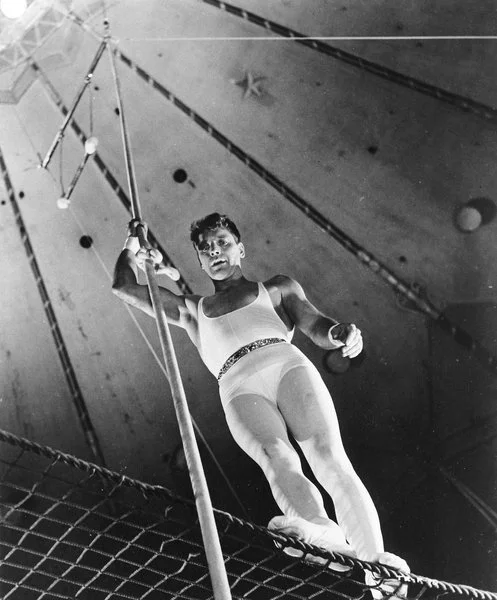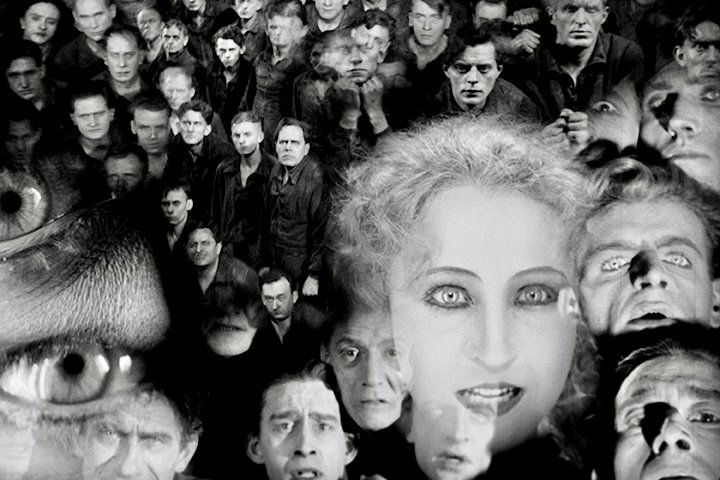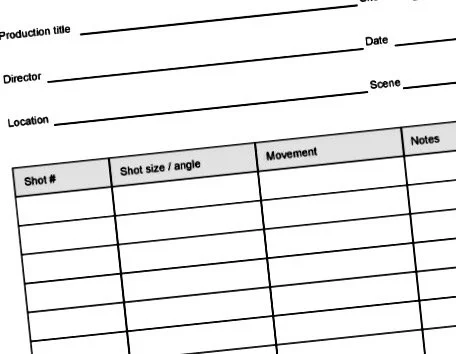Film Directing 112: The Director's Frame
/Good films need intentional frames
An engaged audience reacts to the director’s choices in every frame. Focus, light, movement, composition, and shot content are factors for every director to consider when constructing a frame.
Ideas for frames grow and multiply through your director’s prep. The writer, John Steinbeck, said it best — 'Ideas are like rabbits. You get a couple and learn how to handle them, and pretty soon you have a dozen.'
Read More







